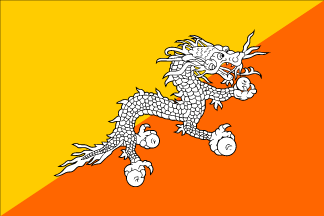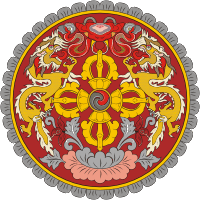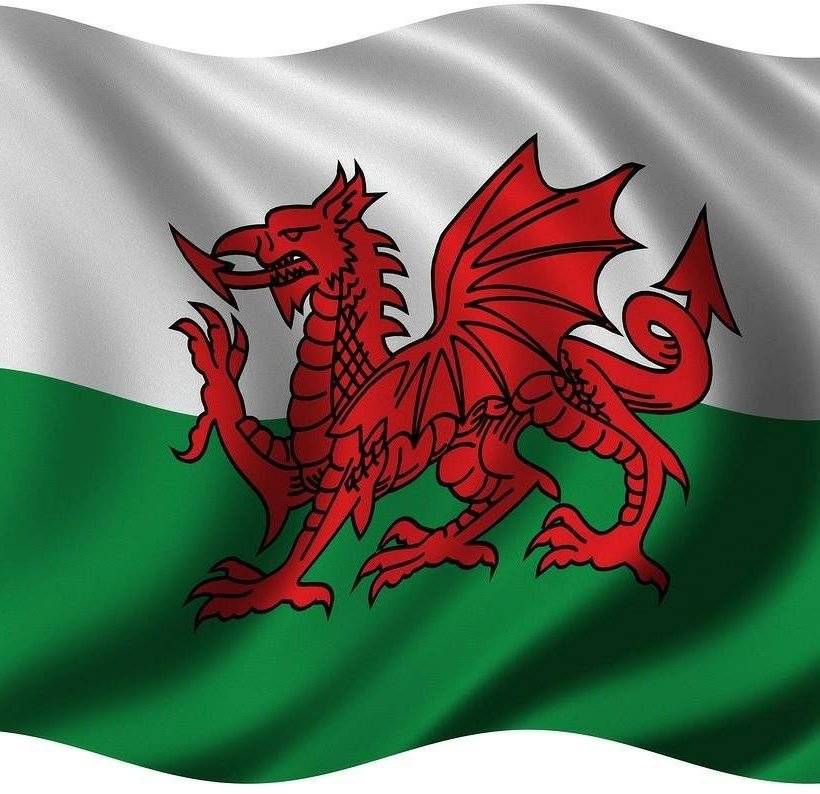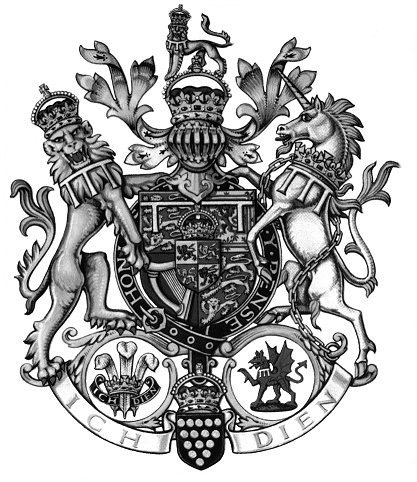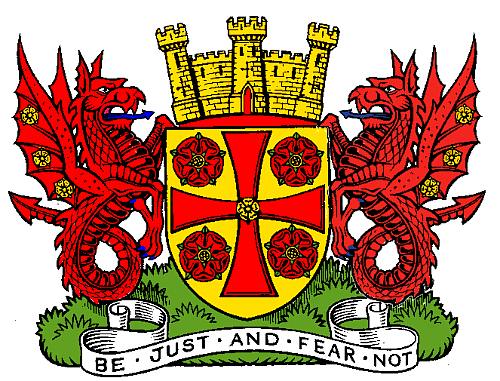On dragon emblems and flags, transferred over from the old site. Last updated 11 June 2024.
Country: BHUTAN
Bhutan National Flag
National flag of Bhutan.
National Flag
First on this post of dragon emblems is the Bhutanese flag, which is divided diagonally and depicts a white dragon across the middle. The upper part of the flag is golden yellow, representing the secular power of the king, while the lower part is orange, symbolising the Buddhist religion. The dragon represents Bhutan. Its white colour is associated with purity. The jewels held in its claws stand for the wealth and perfection of the country.
National Anthem
The National Anthem became official in 1966.
The first stanza can be translated:
In the kingdom of the dragon, the southern land of sandalwood, Long live the king who directs the affairs of both state and religion.
National Emblem
Bhutan Coat of Arms
The national emblem is contained in a circle. It is composed of a double diamond-thunderbolt placed above a lotus, surmounted by a jewel and framed by two dragons. The thunderbolt represents the harmony between secular and religious power which results from the Buddhist religion in its Vajrayana form. The lotus symbolizes purity; the jewel expresses sovereign power; and the two dragons, male and female, stand for the name of the country which they proclaim with their great voice, the thunder.
Sources:
Country: CHINA (Qing Dynasty)
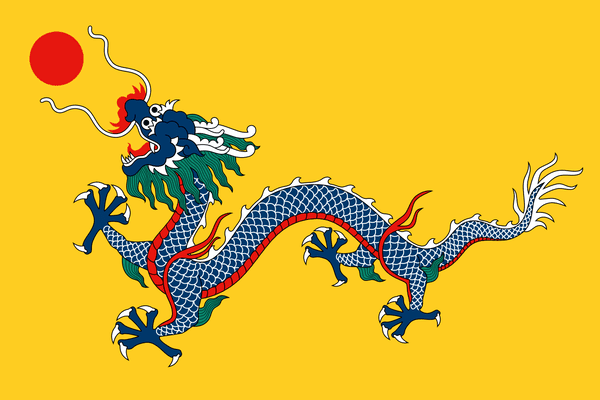
The Qing dynasty flag was adopted in the late 19th century. It became the first national flag of China and is usually known as the “Yellow Dragon Flag.”
The Qing dynasty was the last imperial dynasty in Chinese history, and represented itself with the dragon flag between 1862 and 1912.
Generally, a five-clawed dragon was used by emperors only. The Eight Banners, which were administrative/military divisions under the Qing dynasty, feature dragon designs on plain and bordered banners.
Source: Wikipedia
RELATED: Learn more about the Qing Dynasty flag in our QnA with “The Flagman,” Zar Antonov.
Country: MALTA
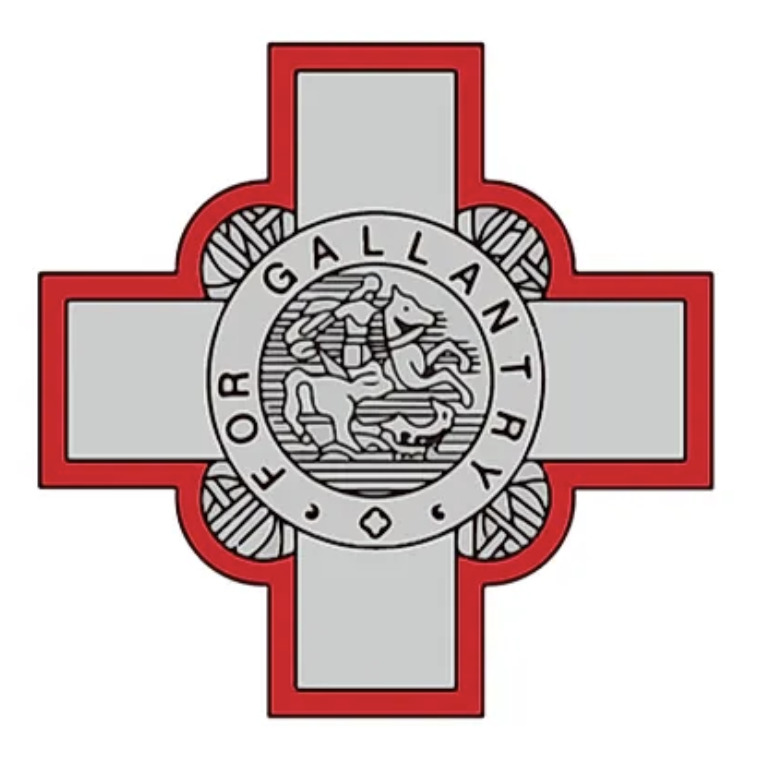
The flag of Malta features white in the hoist and red in the fly.
A representation of the George Cross, featuring St. George and the Dragon, appears on the upper left corner of the flag. The flag was first recognized in the May of 1952.
Source: Wikipedia
Country: WALES
Flag of Wales
Next on our list of dragon emblems is the Flag of Wales.
The Red Dragon is the heraldic symbol of Wales, and is incorporated into the Welsh national flag.
According to tradition, the red dragon appeared on a crest borne by Arthur, whose father Uther Pendragon, had seen a dragon in the sky predicting that he would be king.
The dragon as a symbol was probably introduced into Britain by the Roman legions. Medieval Welsh poets often compared their leaders to dragons in poems praising their bravery, for example, Gruffydd ab yr Ynad Coch said of Llewelyn ap Gruffudd Pendragon, “pen ddraig oedd arnaw” (which means ‘A dragon’s head, he had’).
Between 1485 and 1603, the dragon formed part of the arms of the Tudor dynasty, but it was replaced on the royal coat of arms with a unicorn by order of James I.
The motto of the flag is “Y Ddraig Goch Ddyry Cychwyn,” meaning “The red dragon gives the lead”.
The red dragon reappeared as the royal badge for Wales in 1807, and from then on it was often seen in the regalia of Welsh patriotic societies. At the suggestion of the Gorsedd of the Bards, it was officially recognised by the Queen in 1959, and is now widely used as the national flag.
Sources:
Coats of Arms
Coat of Arms: Prince Charles of Wales
Prince Charles was granted his heraldic achievement (or coat of arms) at the age of 13.
At the base of the coat of arms is the heraldic symbol of Wales, the red dragon. The flag of Wales pictures a red dragon on a green and white flag with the motto “Y Ddraig Goch Ddyry Cychwyn,” meaning “The red dragon gives the lead”. The design around the neck of the dragon is called the eldest-son label, thus associating it with Prince Charles.
Source:
Misc Study: Coat of Arms of the Prince of Wales
District: CARLISLE CITY COUNCIL, Scotland, UK
Carlisle City Council
Motto: “Be Just and Fear Not”.
The number of roses on the wyvern’s wings is not specified, and official and equally correct reproductions may be seen with either four or six roses on each wing. The motto beneath the arms comes from Wolsey’s speech to Cromwell in Shakespeare’s Henry VIII and was adopted by the city about 1850.
Source:
Civic Heraldry of England and Wales
Micronational State Symbols

The Flag of Flagpolis consists of a green Nordic Cross that recalls the location of the territory in Northern Germany, while the dragon represents the dragon of Fafner, who appears in multiple northern European tales.
Here’s an introduction to the workings of the micronational world.
The micronations Dracul and Pibocip also feature dragons in their state symbols, which you can view via the Micro Flag Archive.
RELATED: Learn more about flag design in our QnA with “The Flagman,” Zar Antonov.



